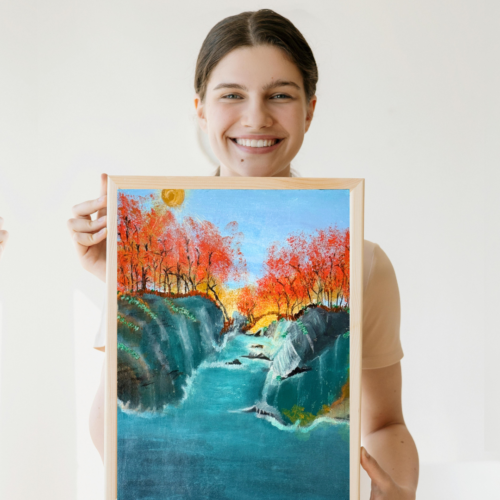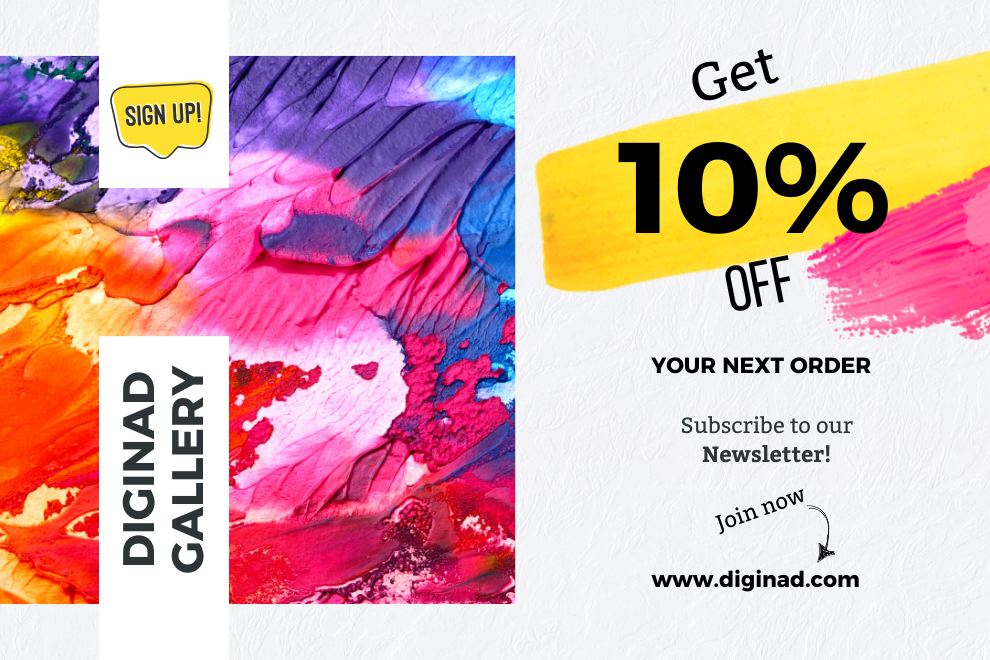The Rise of Digital Art: How Technology is Shaping Creativity

Digital art has transformed the way artists express their creativity. With advancements in technology, digital tools such as graphic tablets, styluses, and AI-driven software have enabled artists to push the boundaries of traditional art. The rise of NFTs has further revolutionized the industry, allowing artists to monetize their work like never before.
The transition from traditional to digital art has been gradual but impactful. Initially, digital tools were considered a supplement to physical artwork, but today, entire careers are built solely on digital platforms. Software like Adobe Photoshop, Corel Painter, and Procreate has given artists a wider range of tools, allowing them to experiment with styles and techniques that were previously impossible.
AI-generated art is also gaining traction. Programs like Midjourney and DALL·E allow artists to create stunning visuals in seconds, leading to debates about whether AI is replacing human creativity. While AI can assist in ideation and execution, human artists bring emotion, storytelling, and cultural significance that machines cannot replicate.
Another game-changer has been the emergence of blockchain technology, which enables artists to secure their work and prove authenticity through NFTs (Non-Fungible Tokens). This has given independent artists a way to sell their work directly to collectors, without the need for galleries or middlemen.
The future of digital art is promising, with continued advancements in VR (Virtual Reality) and AR (Augmented Reality) art, allowing creators to craft immersive experiences. Platforms like DIGINAD are essential for fostering a thriving community where digital artists can showcase their work and connect with buyers.
#digitalart #diginad #blog #art #artist









